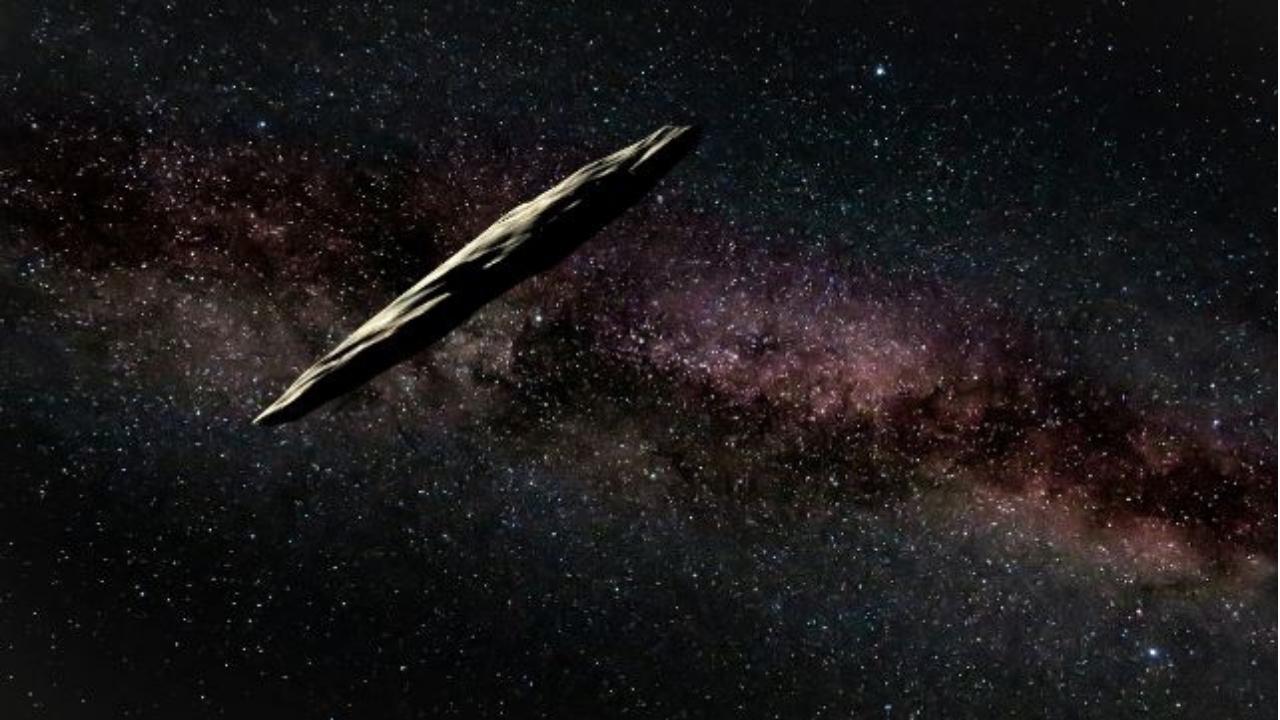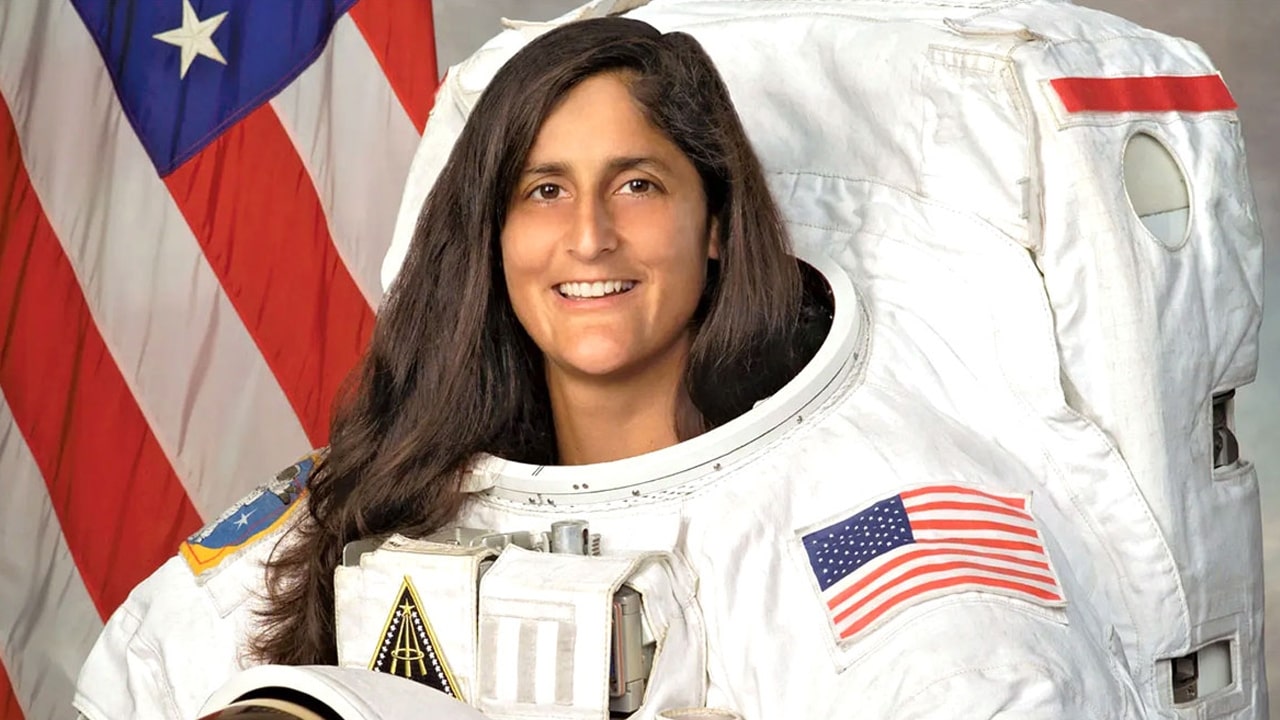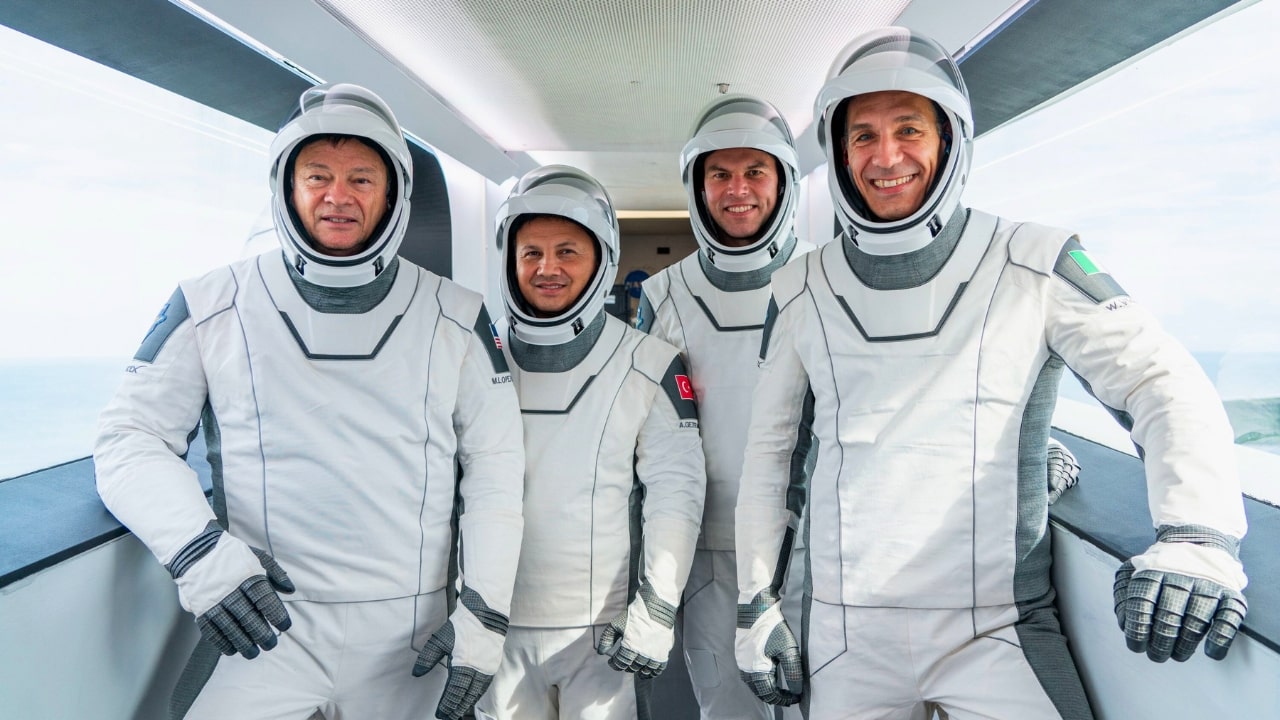4,000,000,000,000,000,000: The bigger this number is, the more significant the claim of Harvard professor Avi Loeb that there can be a total of 4 quintillion spacecraft in space. This is the same Professor Avi Loeb who once claimed that the Oumuamuah (interstellar object) present in space could be part of a larger spacecraft.
According to the report of the Daily Star, a Harvard astrologer and former chairman of Harvard’s Astronomy Department, Avi Loeb, has said based on a study that 4,000,000,000,000,000,000 spaceships can be in space. Professor Avi Loeb has doubled on earlier claims that the expanding and bright asteroid Oumuamua is an alien spacecraft.
What Is The Claim?
In 2018, Professor Loeb and his colleague Samuel Bailey stated that “Oumuamua was produced by an alien civilization”, – claiming it was of interstellar origin. He also argued that it could be part of a giant ship still floating in space.
Loeb, former chair of Harvard’s astronomy department, said: There should be an [Oumuamua-like object] in every volume roughly the size of Earth’s orbit around the Sun. “It’s a huge area from a human point of view, but in the vastness of space, it’s tiny.” So that means a lot of those spacecraft is inside the solar system. “There are lots of them.”
Loeb’s claim was not taken seriously, leading to ridicule from the astronomy community, but now, four years later, he still sticks to the hypothesis.
What Is The Basis For The Claim
This year, together with Harvard astronomer Carson Eisel, Loeb researched how many more ‘umuamua may be in the Solar System and beyond. In a Reviewed study published in September, they concluded that there might be 4 quintals (4,000,000,000,000,000,000) of ‘umuamua. He meant that many extraterrestrial bodies were directed towards the solar system’s habitable zone close to the Sun.
“One can use recent rates of detection of interstellar objects and known capabilities to estimate the density of similar objects in the solar neighbourhood and the total number of such objects bound to the Milky Way’s thin disk,” he said. Their calculations were based on how many galaxies we can see and how many cannot.











